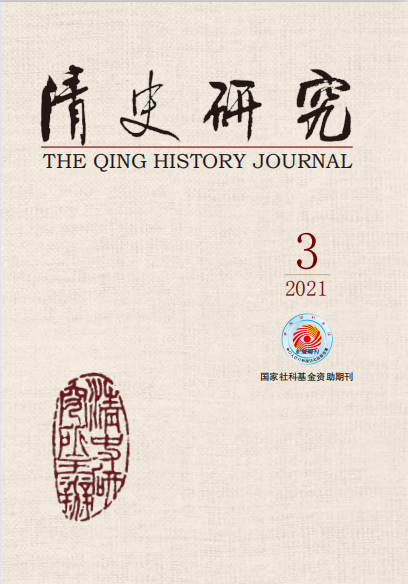|
|
A Study of the Nomadic Habitations outside the Great Wall of the Eight Banners in the Qing Dynasty
N. Hasbagana
2021, 0(3):
24-36.
The situation of the Qing Mongol Eight Banners’ habitation is only vaguely described in officially composed documents like Eight Banners’ General Records (first edition), Eight Banners’ General Records (second edition) and other related sources of the eight banners. Recently, we observed from the archives in Manchu, Mongolian and Chinese, kept by The Toyo Bunku in Japan, The First Historical Archives of China, National Library of China and other institutions, that a portion of the population from the
Mongol Eight Banners were nomads who were stationed in Mongolian grasslands outside the Great Wall. At first, the Kharachin golden family and some Uryangkhai nobilities and their subjects were in affiliation with the Manchu Eight Banners until they were transferred to Mongol Eight Banners in the ninth year of Tiancong when Manchu Court newly established the Mongol Eight Banners. At that time, Mongolians still lived in their old nomadic territory, which is now in Zhenlan Banner and Duolun County of Inner Mongolia. According to historical data, from the early Qing Dynasty through the late Qing, many Mongolians from the Mongol Eight Banners, consisting of multiple tribes like Kharachin, Khuuchit, and Jarut, had been living outside the Great Wall. In addition, some men and households belonging to the Manchu Eight Banner, Chinese Eight Banners, Herding Administration, and the princes, etc. had also been living outside the Great Wall for a long time. All these facts make for a conclusion that the people of Beijing eight banners and grassland eight banners were to certain extent able to flow to each other in the Qing Dynasty.
References |
Related Articles |
Metrics
|






